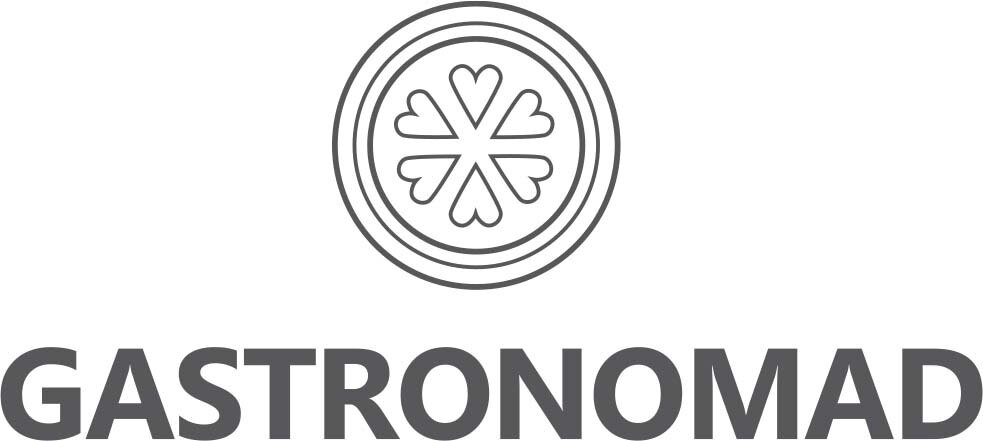Good vermouth is a delicious, refreshing and delightful beverage that's misunderstood, abused and maligned. The drink is also associated with Italy, or maybe France. But I think that in the last few years, Barcelona, Spain, is the best city to drink vermouth. (And, of course, we'll be drinking Barcelona's very best vermouth during our Cava Barcelona Gastronomad Experience.)
I'll tell you why in a minute. But first, let's talk about vermouth itself.
Vermouth is a fortified white wine flavored with botanicals. The "fortification" involves the addition of alcohol (brandy or neutral spirits) to bring the level to at least 14.5% in Europe or 15% in the US. (By definition, vermouth is at least 75% wine.)
The name "vermouth" comes from the French pronunciation of the German word for wormwood (wermut) -- and wormwood is one of the few universal ingredients in good vermouth.
Fortified, botanical wines have existed in China for millennia and Europe for centuries, mostly as a medicine. But Vermouth as we know it today was invented in mid-18th century Turin, Italy. That Italian invention was a red vermouth. Later, white and dry vermouth was developed in France.
Vermouth can be sweet or dry -- or, more recently, extra-dry white, sweet white, red, amber, and rosé.
Vermouth is used as an ingredient in cocktails, of course. That's the American way. Before World War II, more than half the cocktails commonly quaffed in America contained vermouth as an ingredient. And Americans even drank it neat. But the war stopped imports of vermouth from Italy and France, and Americans lost touch with it.
It's still a necessary ingredient in the quintessentially American cocktail: the martini. Interestingly, the original martini used sweet vermouth, but over time a dry martini with dry vermouth became the preferred martini. Use of the term "dry martini" gradually changed from meaning "dry vermouth instead of sweet" to meaning "a lesser amount of dry vermouth instead of the normal amount of dry vermouth.")
Cocktail books list more than 200 cocktails containing vermouth, mostly dry vermouth. As a result, most Americans think of vermouth as a cocktail mixer exclusively.
Many people think they don't like vermouth, but only because they've never tried the good stuff. They've been exposed only to the mass-market industrial brands, or they've tried old vermouth in the back of someone's liquor cabinet or sitting with the spirits at a bar (which destroys it) -- or both.
Once you open a bottle of vermouth, the clock is ticking, and should be refrigerated, and also consumed within a month or two. (Vermouth is commonly ruined because people believe it to be -- and handle it as -- a spirit. In fact, it's white wine and should be treated as such -- drunk cold and young and soon after opening.)
Vermouth is normally made with Clairette blanche, Piquepoul, Bianchetta Trevigiana, Catarratto or Trebbiano grape varieties. Non-white vermouths are also usually made with white wine, but colored by caramelized sugar.
The taste of vermouth is dominated by the proprietary blend of botanicals and other ingredients used by the maker, which may include wormwood, cloves, cinnamon, quinine, citrus peel, cardamom, nutmeg, marjoram, chamomile, coriander, mugwort, sagebrush, juniper, lavender, holly thistle, hyssop, gentian, ginger, black elder, anise, iris root, apple brandy, honey, cinchona bark, sweet flag, licorice root, cascarilla, angelica root, lemon peel, lime peel, bitter orange, bergamot orange peel, pomelo peel, oregano, dittany of Crete, gallic rose, st. john’s wort, honeysuckle flower, kieffer lime leaves, sage, star anise, cinnamon bark, cardamom, tonka bean, vanilla, allspice and many other ingredients.
While vermouth "manufacturing" happens predominantly in Italy and France, the vermouth "revival" is happening strongest in Barcelona. Spanish vermouth tends to be less bitter and taste sweeter, even though it also tends to have less sugar.
Personally, I think Barcelona is the greatest city in the world for enjoying vermouth. Every neighborhood seems to have a vermouth bar -- some of which are old and fancy; others are literally two stools on the sidewalk. Many serve their own house-made vermouth from a tap, and it's often cheap, as little as 2 Euros per glass, which comes with snacks, such as potato chips, olives, anchovies, shellfish or pan con tomate.
The Spanish way to drink vermouth is neat or on the rocks with an olive, a slice of orange or lemon and, perhaps, a splash of soda, before lunch, before dinner or after church on Sunday (many Spaniards have stopped going to church but continued the Sunday vermouth tradition). Vermouth is usually consumed as a very social "first drink of the day." The pre-dinner vermouth session can last two hours and signals the end of the day and the beginning of the evening.
And it's this ritual, combined with the enthusiastic house-made vermouth renaissance in Barcelona, that makes the city so great for vermouth. To drink vermouth at the right time in the right place is to join the locals in an extremely enjoyable ritual.
I'm really looking forward to sharing my favorite vermouths and vermouth bars during our Cava Barcelona Gastronomad Experience!

